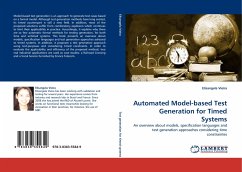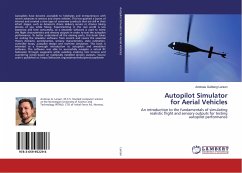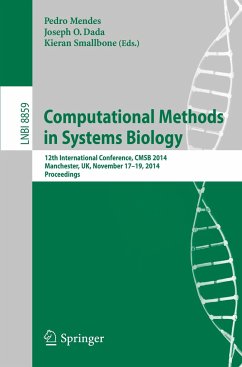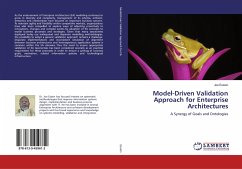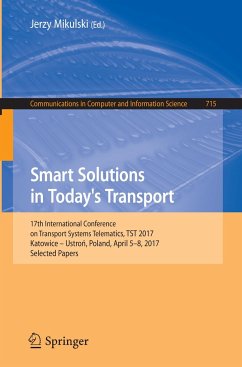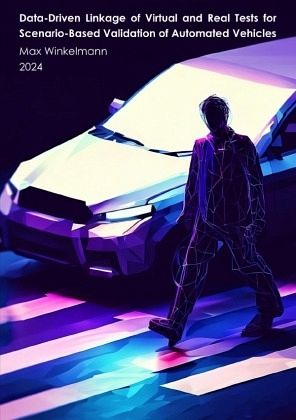
Data-Driven Linkage of Virtual and Real Tests for Scenario-Based Validation of Automated Vehicles
Versandkostenfrei!
Versandfertig in 6-10 Tagen
69,42 €
inkl. MwSt.

PAYBACK Punkte
0 °P sammeln!
Validating the safety of automated vehicles (AVs) is paramount due to the risks associated with their deployment. Scenario-based testing has emerged as an approach to decompose the overall validation of AVs into smaller components represented by individual driving scenarios. However, identifying critical scenarios and selecting suitable test setups for scenario execution remain open challenges. Real-world tests involving AVs and their environment are considered the trustworthy gold standard. However, within economic constraints, it is impossible to collect sufficient data to prove a positive r...
Validating the safety of automated vehicles (AVs) is paramount due to the risks associated with their deployment. Scenario-based testing has emerged as an approach to decompose the overall validation of AVs into smaller components represented by individual driving scenarios. However, identifying critical scenarios and selecting suitable test setups for scenario execution remain open challenges. Real-world tests involving AVs and their environment are considered the trustworthy gold standard. However, within economic constraints, it is impossible to collect sufficient data to prove a positive risk balance compared to manual driving. Conversely, virtual tests provide enormous amounts of data, but as they use models of AVs and their environment, conclusions about the real AVs are limited.This thesis proposes a methodology that links different test setups and harmonizes scenario descriptions for virtual and real tests. Through active learning, scalable virtual test setups provide a broad coverage of scenarios, and probabilistic models characterize the outcomes of these tests. Leveraging transfer learning, the models enable the targeted parameterization of tests in other test setups. Utilizing importance sampling, this transfer can accelerate quantitative risk estimation in more trustworthy test setups with more real components or more detailed models of the AVs and their environment.By linking diverse data, the techniques presented leverage synergies across scenarios and test setups. This enables accelerated validation that is more data-efficient than considering individual scenarios in isolation. The proposed methods aid the transition from virtual testing to real-world deployment and a continuous assessment of the risks of AVs, which enables decisions in the development process.




